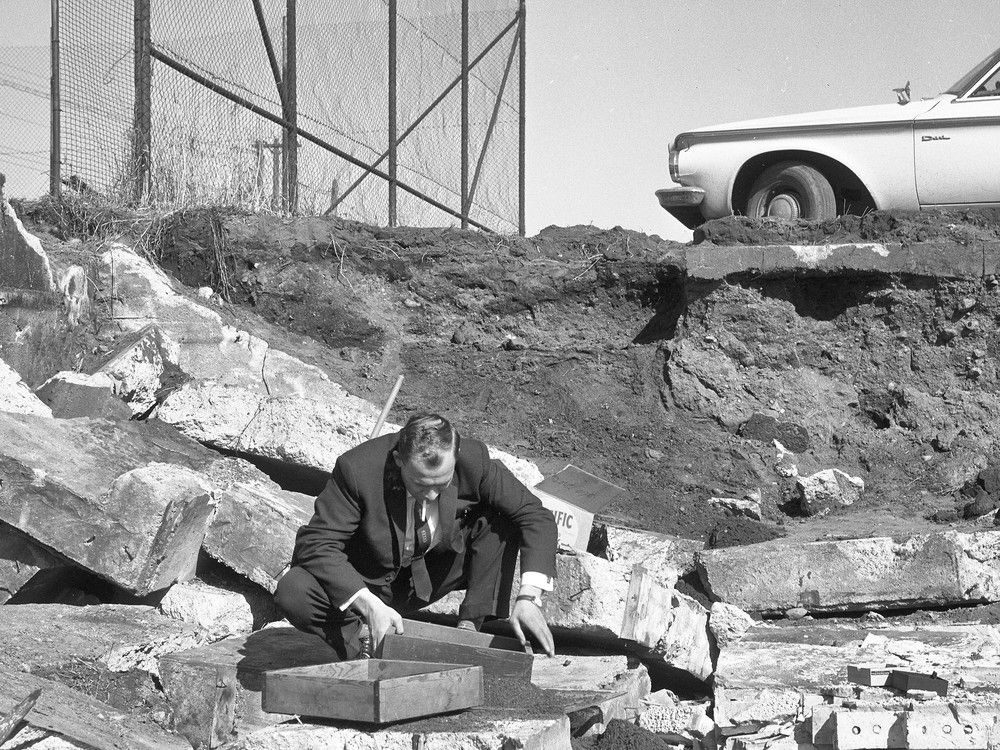
A stretch of river close to one of Norfolk's best known beauty spots has been revealed as the county's sewage hot spot. Environment Agency figures show the storm overflow near How Hill, in the heart of the Broads, recorded 4,359 hours of 'spills' in 2024 - equivalent to 180 days - into the River Ant. In the whole of the Broads, spills occurred on 1,162 occasions, lasting a total of 8,913 hours.
The sewage works at Knackers Wood, near Ludham Bridge (Image: Denise Bradley) The releases came from storm overflows, which dump untreated sewage into rivers and the sea, usually during periods of heavy rainfall to stop sewers from backing up and flooding. Spills from the Knackers Wood sewage works - which empty into the Ant between How Hill and Ludham Bridge - were more than double the amount in the previous year. An aerial view of How Hill house (Image: Wikimedia Commons) As a whole, releases across Norfolk rose by 20pc.

The firm blamed high water levels obscuring the data from its sensors at Knackers Wood and said extreme weather at the start of the year accounted for 50pc of its spills. Just visible on the River Ant upsteam from Ludham Bridge at Knackers Wood, the warning sign: 'Warning Outfall Structure Keep Out.' (Image: Denise Bradley) BROADS TAKES BATTERING The Knackers Woods storm overflow is located on a bend of the River Ant between Ludham Bridge and How Hill, one of the Broads' best known landmarks.
How Hill itself is run by an education charity, while the surrounding area is a renowned nature reserve. The pipe is linked to a sewage treatment works in the parish of Horning. The Knackers Wood sewage treatment works, near Ludham Bridge (Image: Denise Bradley) Locals said they saw Anglian Water engineers visiting the site last week when the data was released.
Wherry Albion passing St Benets Abbey, close to where the Ant flows into the Bure (Image: Mike Page) It is about four miles away from an overflow site on the River Bure in the parish of Belaugh, close to Wroxham, which had the highest number of spills in 2023. It continued to be one of the worst affected locations last year, with 116 spills for 2,065 hours. In the Broads, nearly 50 storm overflows released wastewater for 8,913 hours in 2024.
The River Ant at Ludham Bridge (Image: Denise Bradley) A Broads Authority (BA) spokesman said: "Given the sensitive location, we are disappointed to read these figures detailing excessive discharge into the River Ant and Bure. "We are aware of the issues at the site, which is currently at capacity. "For this reason, both the BA and North Norfolk District Council do not look favourably against new developments in the area that will increase foul water flows to the site.
” The Grimston sewage works in west Norfolk, near King's Lynn (Image: Gaywood River Revival) OTHER HOTSPOTS Elsewhere, the North West Norfolk area had the highest number of individual spills - 856 - mostly occurring in the King's Lynn area and at Grimston. A sewage treatment site in Feltwell, near Thetford, saw the second-highest duration of spills. They occurred for 4,144 hours on 192 occasions into a drainage channel linking to the River Great Ouse.
Norfolk's rare chalk streams faced a number of spills last year. The River Siffkey had 1,500 hours of sewage released from a site in Langham, while the River Gaywood had 89 spills lasting for 1,837 hours in Grimston. Coastal areas have also seen hundreds of hours of releases, including at popular beaches like Cromer and Mundesley.
Sewage spills from storm overflows has risen this year (Image: Archive.) SCANDAL CONTINUES Storm overflows are only supposed to be used in exceptional circumstances to prevent the system from backing up and flooding people's homes and businesses with sewage. Permits, issued by the Environment Agency, allow them to be used at certain times.
B ut water companies have been criticised and fined for breaking the law by using them on other occasions . An aerial view of Wroxham Broad, which is close to a sewer outfall upstream between Belaugh and Wroxham (Image: Mike Page) The amount of sewage flowing into rivers and coastal waters has caused huge controversy in recent years, prompting campaigners to demand reform and investment. Anglian Water has said it will spend £1bn to tackle spills as part of an £11bn package to improve its performance overall.
Sewage spills from storm overflows in England in 2024. (Image: PA Wire) A spokeswoman said: “We know our customers will be disappointed to see an increase in our storm overflow data this year. "This is largely reflective of the extreme weather and persistent flooding we saw across our region in the first part of 2024, which accounted for nearly 50pc of our spills.
“We have promised transformational action – because we know our climate is going to keep changing, so we have to find better ways of dealing with extreme rainfall." North Norfolk MP Steffan Aquarone with North Norfolk district councillor Jill Boyle at a sewer outfall at Cromer Beach (Image: Steffan Aquarone) Norfolk's MPs remain frustrated. Steffan Aquarone, Liberal Democrat MP for North Norfolk, said: "The latest figures clearly show how deep the sewage scandal goes, and I am disgusted that Anglian Water will be putting bills up once again in a week’s time.
" He has demanded the firm spend money on improving sewage infrastructure, rather than "lining the pockets of shareholders". Jerome Mayhew, Conservative MP for Broadland (Image: Jerome Mayhew) Jerome Mayhew, Conservative MP for Broadland, added: "We all want sewage discharges to be stopped as quickly as possible now they have been exposed by universal monitoring." Clive Lewis, Labour MP for Norwich South, has called for water firms to be nationalised and wants to give the government power to take away water company licences if they have three major sewage spills.
Nationwide, nearly 4m hours of sewage were released. Steve Reed, the environment secretary, said: “These figures are disgraceful and are a stark reminder of how years of underinvestment have led to water companies discharging unacceptable levels of sewage into our rivers, lakes, and seas.” An aerial view of How Hill house and nature reserve, along the River Ant (Image: Mike Page) Views across How Hill's gardens, looking towards the River Ant and How Hill windmill (Image: Newsquest) HOW HILL The house at How Hill, completed in 1903, was designed in the vernacular, revival sytle by Thomas Boardman, a prominent Norwich architect.
His son, Christopher, went on to become an Olympic medal-winning sailor, achieving a gold in the six-metre class at the 1936 Olympics in Berlin. The Aldernam Norman carries pupils of Blackdale School, Norwich, on a water exploration at How Hill, dated 3rd May 1990. Photo: Archant Library (Image: Archant Library) The Grade II listed property, which sits on a prominent position overlooking the Ant, remained in the Boardman family until 1966 when it was sold to Norfolk County Council.
Years later it was sold to Norwich Union which eventually gifted it to the How Hill Trust, an environmental education charity..















